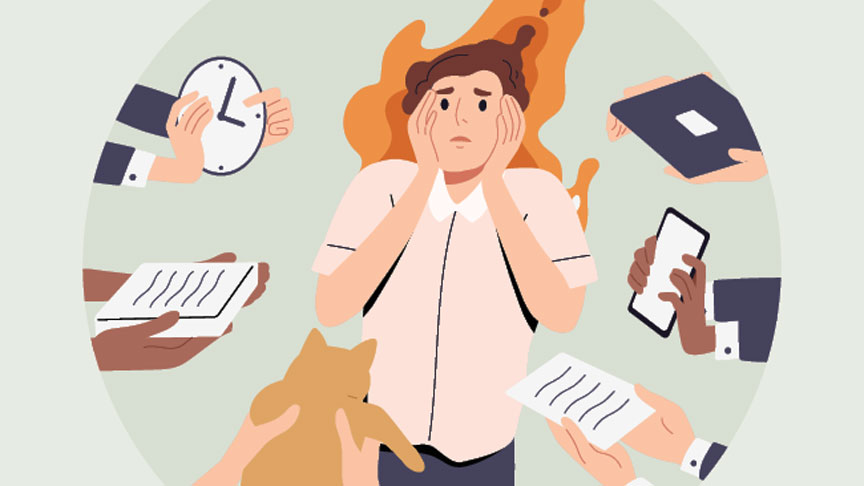
Burnout can be of high risk for school students, especially year 11 and 12s when the workload starts to build up. Managing these changes to workload can be highly stressful, however, there are many strategies to reduce this. Mostly, it is important to have stints of intense focussed work, followed by intentional rest breaks.
Firstly, it is important to reduce procrastination when you are studying by breaking tasks into smaller tasks and using the Pomodoro technique can be beneficial for this. This is 25 minutes of focused work followed by a 5 minute break. It supports concentration while preventing exhaustion.
Secondly, one should establish boundaries around study time. It can feel exhausting to spend all day studying, but periodically going on your phone for lengths of time because it feels like you are in work mode the entire day. Instead, utilising the Pomodoro techniques for a few hours may be more effective. It will also allow you to maintain a work-life balance and experience hobbies you enjoy, such as socialising and enjoying time in nature.
Thirdly, schedule proper rest. Sleep is essential for memory, mood, and energy, yet it’s often the first thing sacrificed. Aim for consistent sleep routines and avoid late-night cramming whenever possible. Rest also includes taking guilt-free breaks: go for a walk, listen to music, or spend time with friends. Short periods of genuine downtime can dramatically reduce burnout.
Fourth, take care of your physical health. Regular movement, even a 10-minute stretch or walk, can lower stress hormones. Eating regularly and choosing balanced meals stabilises energy levels and prevents the fatigue that contributes to burnout.
Riva Burkett

